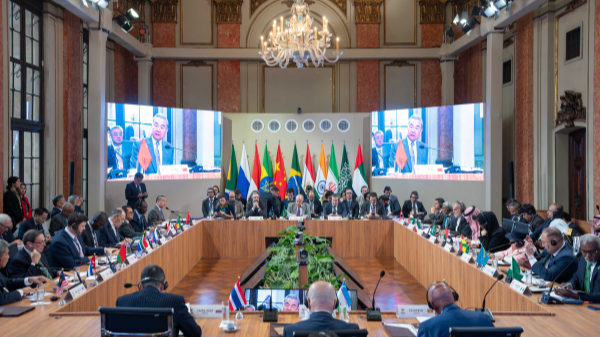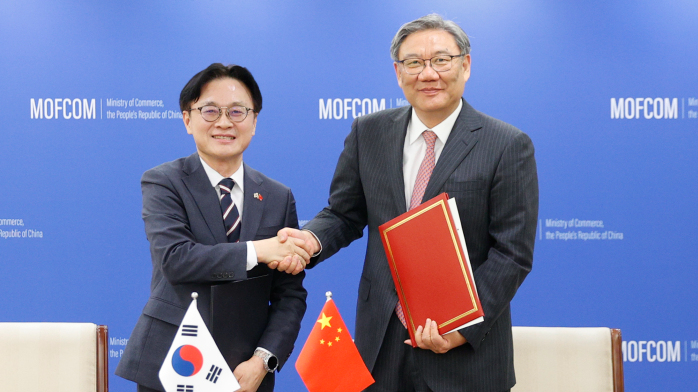In a world of shifting power dynamics, the BRICS bloc—once a quartet of emerging markets—has grown into an engine fueling over half of global economic growth. With Indonesia joining in January 2025, BRICS now counts 11 members, representing nearly half the world’s population and more than 30% of world GDP.
A Widening Circle
The idea took shape in 2001 when economist Jim O’Neill coined the term "BRIC" for Brazil, Russia, India and China. In 2010, South Africa joined, turning BRIC into BRICS—and in 2024, Saudi Arabia, Egypt, the UAE, Iran and Ethiopia doubled the group’s size. Today, more than 30 countries have formally applied to join, while 10 others are part of the new BRICS Partnership format.
A Rising Economic Force
According to Professor Chen Xulong of the University of International Business and Economics, BRICS members bring together vast labor forces and booming consumer markets. Customs data show that in the first nine months of 2024, China’s trade with fellow BRICS nations hit 4.62 trillion yuan (about $648 billion), up 5.1% year-on-year. Exports of steel and textile raw materials rose by 8.6% and 13.4%, while intermediate goods like integrated circuits saw double-digit gains. Agricultural swaps—over 80% of poultry imports and 50% of crab imports—underscore deepening ties.
Toward a More Equitable World Order
For many in the Global South, BRICS represents a platform for fairer governance. "BRICS offers a vision of globalization that empowers the Global South," says Wei Qijia of China’s National Information Center. By prioritizing economic cooperation over political alignment, the bloc fosters unity, innovation and a more balanced multipolar world.
As BRICS sails into its next chapter, emerging economies see boundless opportunity—proving that collaboration, not competition, may chart the path to a more inclusive global future.
Reference(s):
cgtn.com




